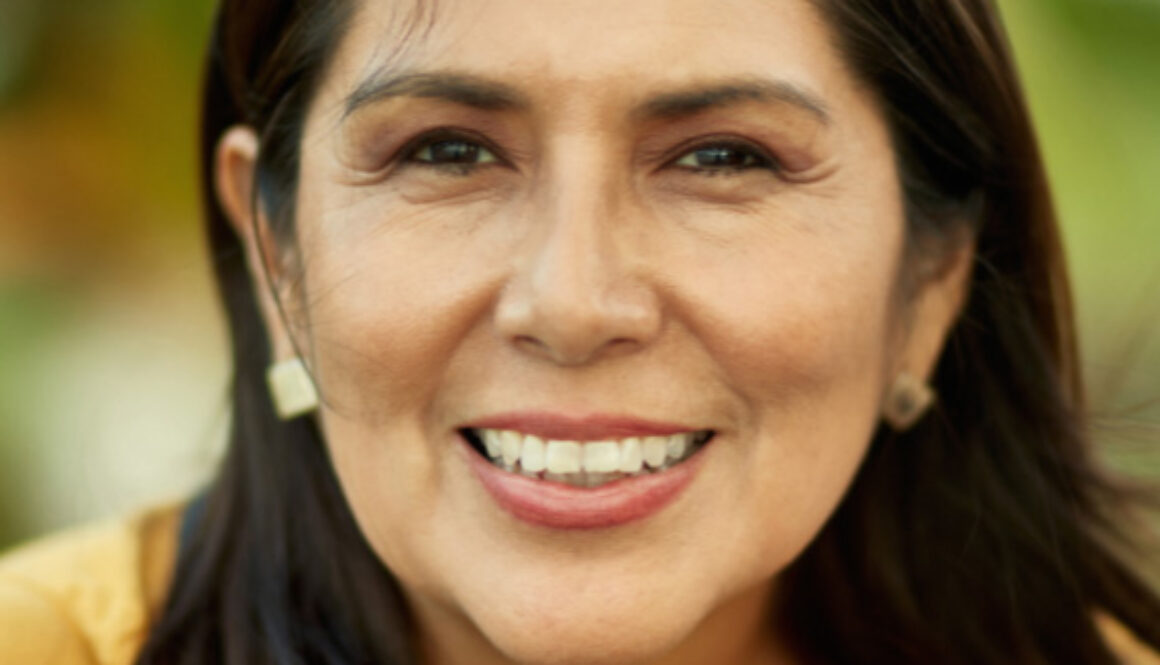Did You Know Acupuncture Can Help Relieve Headaches & Migraines?


Findings from selected systematic reviews and meta-analysis summarize that acupuncture is helpful in relieving migraine, tension headaches and other types of chronic headaches and can play an important role in the treatment plan for these types of headache disorders.
A Cochrane review of 22 randomized trials compared the effects of acupuncture with sham acupuncture, usual care and drug treatment specifically on migraines. The authors of the review concluded, “If people have six days with migraine per month on average before starting treatment, this would be reduced to five days in people receiving only usual care, to four days in those receiving fake acupuncture* or a prophylactic drug, and to three and a half days in those receiving true acupuncture.” (*the term “fake acupuncture” refers to a placebo for testing efficiacy)
Quality of life is greatly affected by migraine, and a systematic review in 2018 found that acupuncture enhanced quality of life more than medication did as it exhibits greater efficacy both in treatment and prevention of migraines compared to no treatment, placebo and medication.
Other studies that have assessed the effectiveness of acupuncture when given in addition to usual care, have found acupuncture to have clinically relevant benefits for people with headaches. In one such study, patients suffering from chronic headaches who had acupuncture experienced 34 percent fewer headache days. They used 15 percent less medication, had 15 percent fewer days off work and 25 percent fewer general practitioner visits after one year.
How Acupuncture Helps Ease Pain.
Various biological processes take place in the body during acupuncture. These mechanisms—the neural pathways from acupuncture point stimulation to the spinal cord and the deactivation of the pain centers in the brain—have been studied and mapped over time.
A 2011 study introduces the concept of neural acupuncture unit (NAU), which is a collection of neural (nerve-related) and neuroactive components in the body that are activated when acupuncture needles are inserted and stimulated at designated points in the body.
Also known as acupoints, these designated areas represent a “landmark system” which indicates sites of relatively dense and concentrated neural and neuroactive components. Here acupuncture stimulation can elicit a more efficient therapeutic response.
Acupuncture acts through multiple pathways to produce analgesic effects and reduce central sensitization (the nervous system becomes hypersensitive to pain). It triggers a sequence of events that include the release of chemicals, including neurotransmitters and the body’s own opioids, within the central nervous system, which produces the analgesic effect of acupuncture.
A 2018 study investigating the neurochemical responses after an acupuncture treatment for migraines found biochemical changes of brain metabolites that may be responsible for the reduction of headache intensity.
Acupuncture views headaches differently from Western medicine. A migraine, according to Western medicine, is a recurrent headache with no known cause and is commonly triggered by stress, fatigue, insomnia, menstruation and weather changes.
From a Traditional Chinese Medicine (TCM) perspective, a headache is a subjective symptom that can accompany many other signs and symptoms related to each other.
According to TCM, a headache or migraine episode can be caused by problems in other parts of the body and not necessarily only in the head or due to neurovascular dysfunction.
That is why we, at Restorative Acupuncture & Wellness, will diagnose and treat each individual headache or migraine patient accordingly. The pathological changes and conditions inside the body related to each complaint is identified during the intake process to find the underlying causes of the pain before treatment begins.
